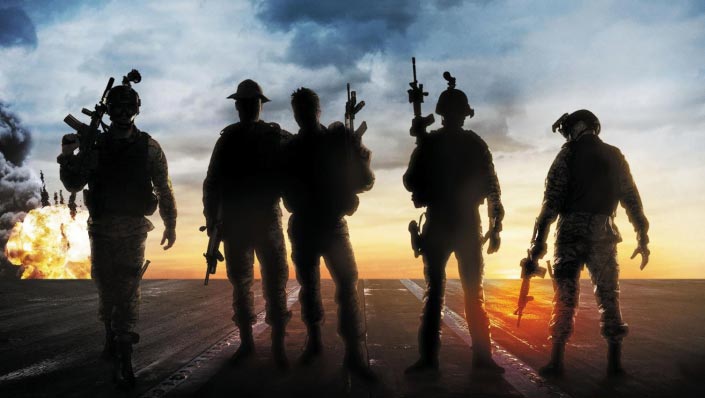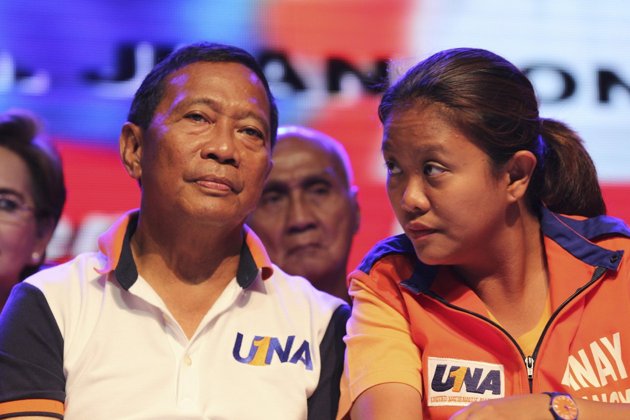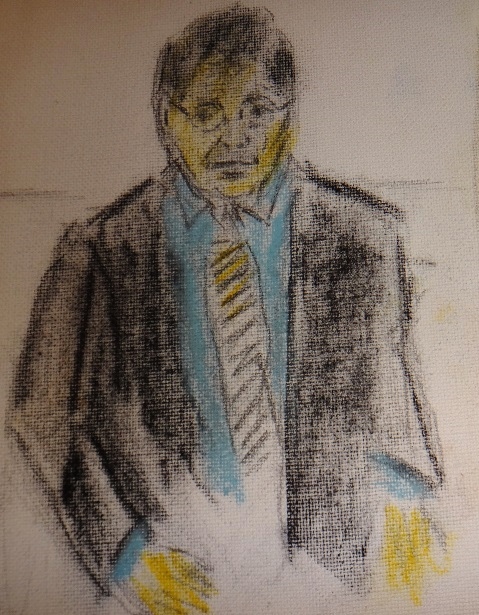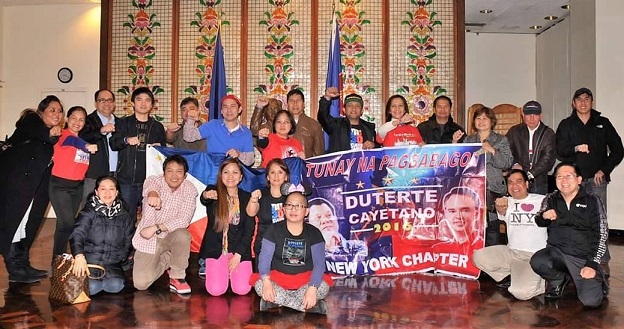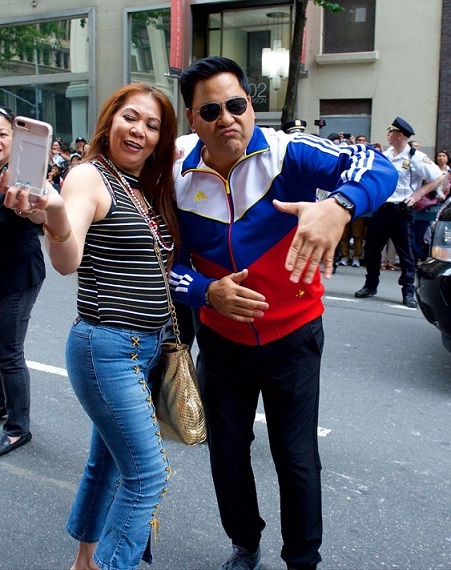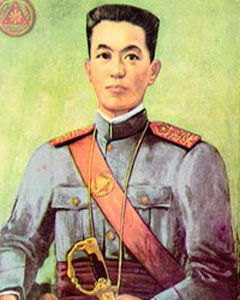Reflecting on the origin of Kalayaan
By Ludy Astraquillo Ongkeko, Ph.D.
In metropolitan centers all over the world where Filipinos are represented by their embassies, consulates general and other government agencies, Kalayaan has been the moving theme each time the sixth month of the year emerges. The year 2014 marks the 116th anniversary of Philippine independence.
Kalayaan has been routinely translated as ‘independence.’ Yet, what it really stands for goes deeper. It comes from the word ‘layaw,’ which means childhood bliss, bodily pleasure, satisfaction of necessities giving to another what she/he wishes to have.
The Katipunan revolutionists coined the term, history tells us, to ‘capture the general condition of well-being, abundance and happiness’ within a family-like association or ‘katipunan.’
Hope reigned: those who experienced countless hardships in redeeming Mother Filipinas would reap the fruits of victory; a virtual paradise on earth, at least, the satisfaction of basic wants.
By early 1897, Andres Bonifacio, led the Katipunan and looked up to the intellectual Dr. Jose P. Rizal, deeply inspired and encouraged by numbers of patriots who initiated the rebellion in 1896 against Spain.
Katipunan manifestoes juxtaposed the events of colonial history as analogous to Adam and Eve’s banishment from the Garden of Eden. They then called on the ‘anak ng bayan’ to redeem Mother Filipinas to bring forth an episode called kalayaan.
Heightened expectations marked what led to the declaration of independence in June 1898. General Emilio Aguinaldo, then known as the ‘pragmatic nationalist,’ set the mood in May 1898.
The ultimate destruction of the Spanish fleet by the American forces marked the demise of Spanish rule. Therefore, a new era of prosperity for all in liberated towns commenced.
Briefly, Filipinos experienced being the masters of their own destinies. The Aguinaldo proclamation was far from what was perceived as the ‘blissful fruits of armed struggle.’
It was about the formation of a nation-state that would take its place in the family of unions. It sought to reconcile all citizens of the newly-acclaimed republic.
Kalayaan thus continued to be the rallying point of radical leaders and groups who accused nationalist-politicians led by Aguinaldo himself in failing to deliver the social and economic changes of independence as a sovereign nation.
The Aguinaldo-led republic was short-lived.
However, it will always be remembered in the annals of Philippine history as one that paved the way for the independence promised by the United States of America to its colony, the Philippines.
That promise of independence was fulfilled on July 4, 1946.

